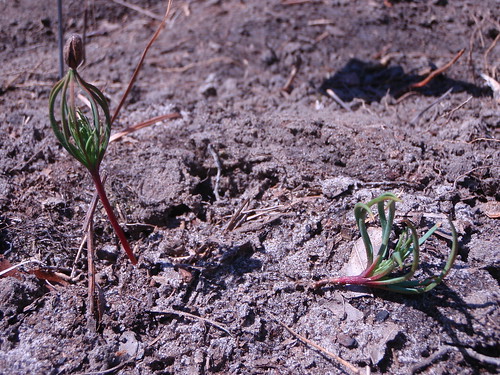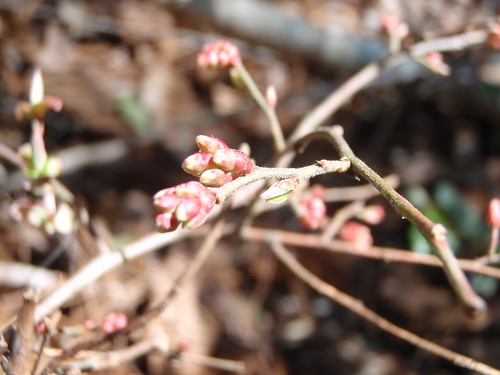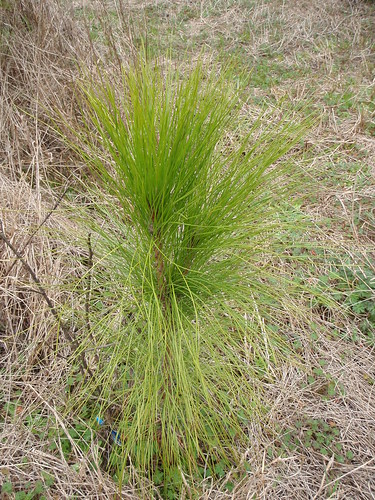 Nor does any of this have to adversely affect the Georgia lumber industry.
It’s well established that the currently popular method of clearcutting
isn’t the only way. Pine forests can be managed profitably
via selective logging;
here’s
more about that.
Nor does any of this have to adversely affect the Georgia lumber industry.
It’s well established that the currently popular method of clearcutting
isn’t the only way. Pine forests can be managed profitably
via selective logging;
here’s
more about that.
That permits the forest to remain a forest, with native vegetation, wildlife, hunting, recreation, flood control, etc., all for more forests than we have now.
Plus carbon sequestration credits.
Cotton farmers might like growing trees better under such economic conditions.
All this is shovel-ready for stimulus. There’s no new technolgy to develop for forest planting or management. Just implement carbon-sequestration credits for ongoing sustainability, and perhaps use stimulus funding to speed planting trees.







